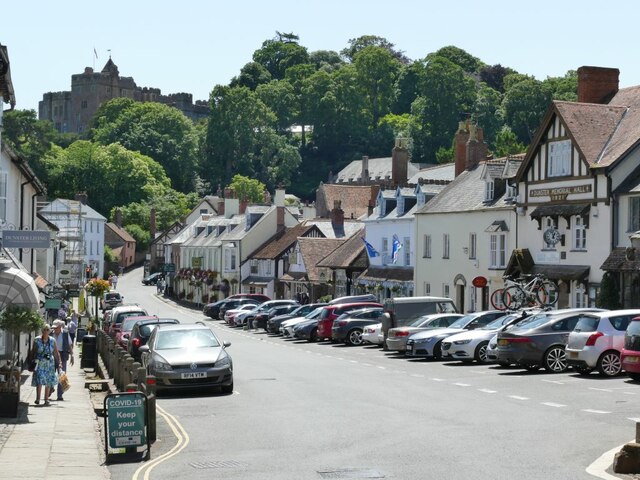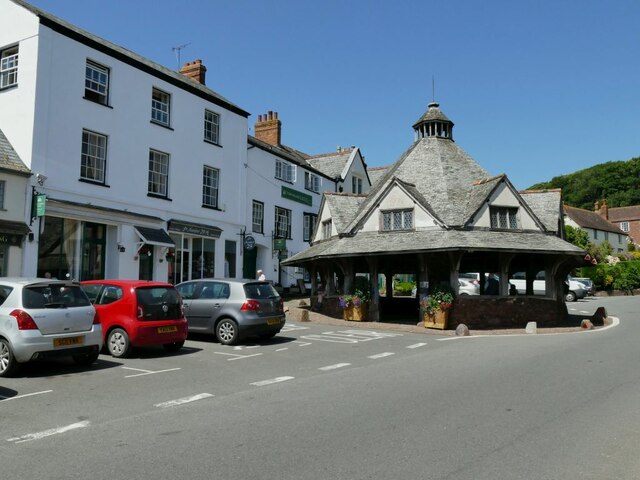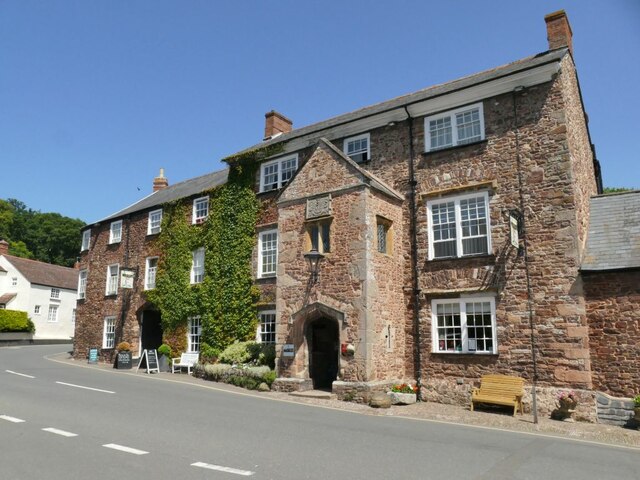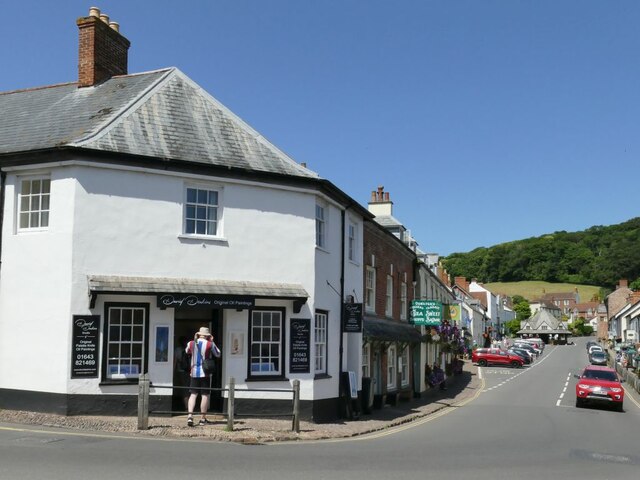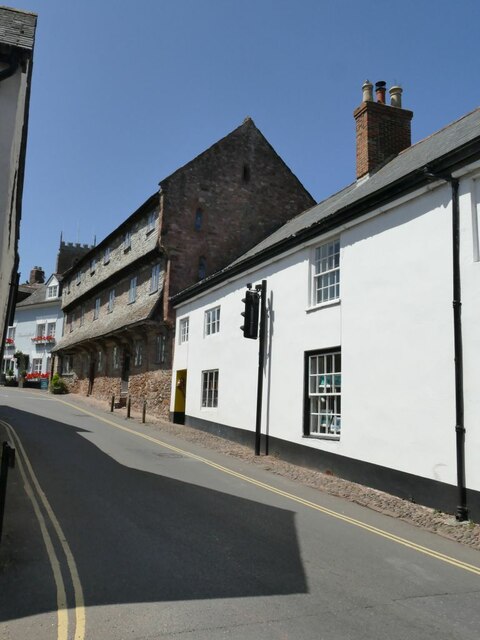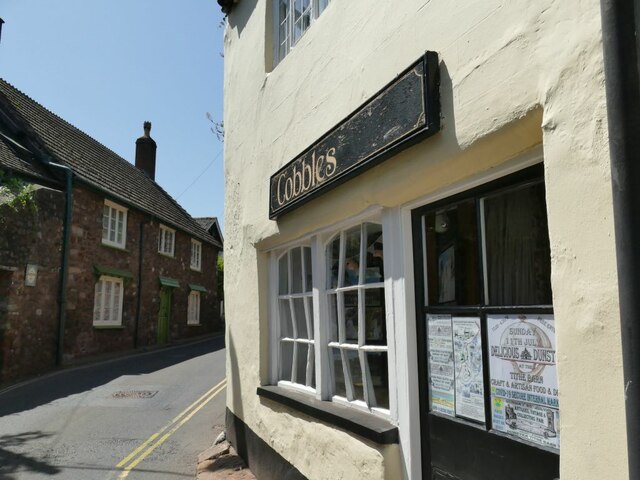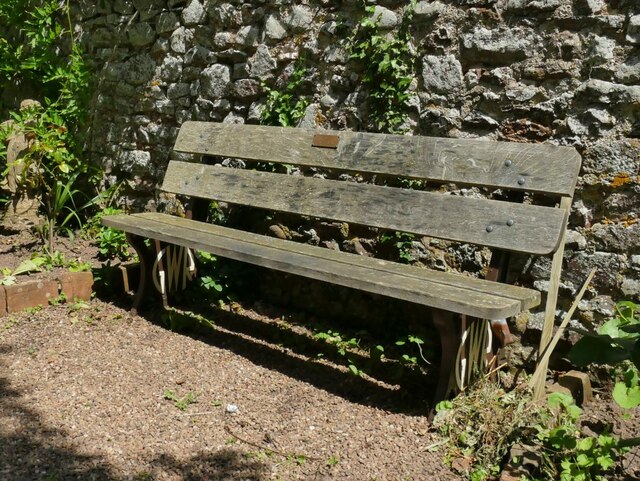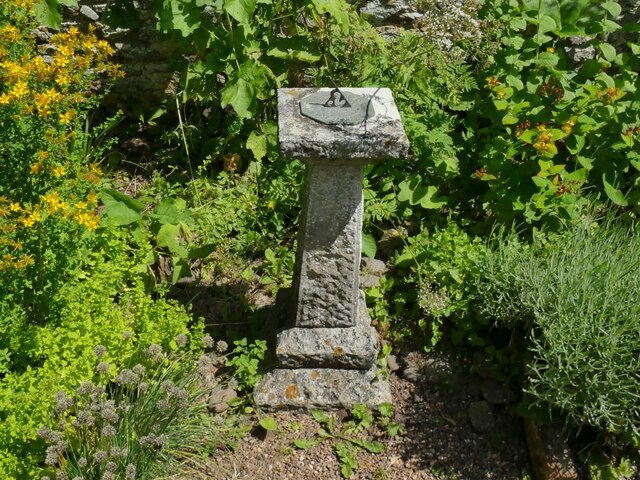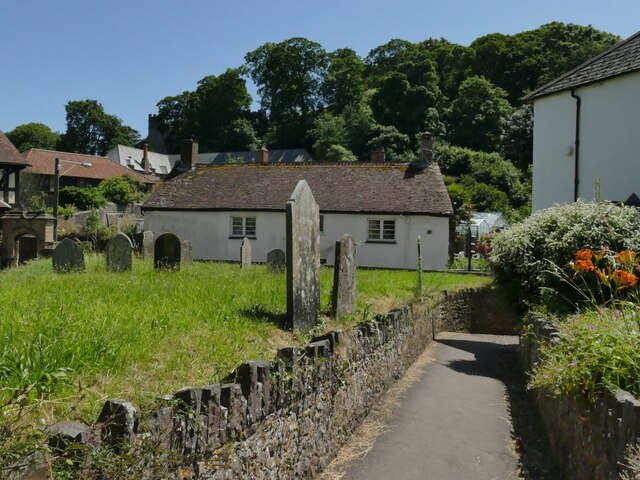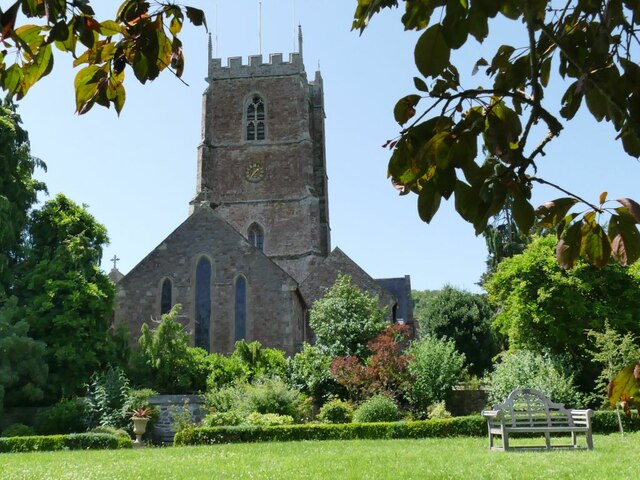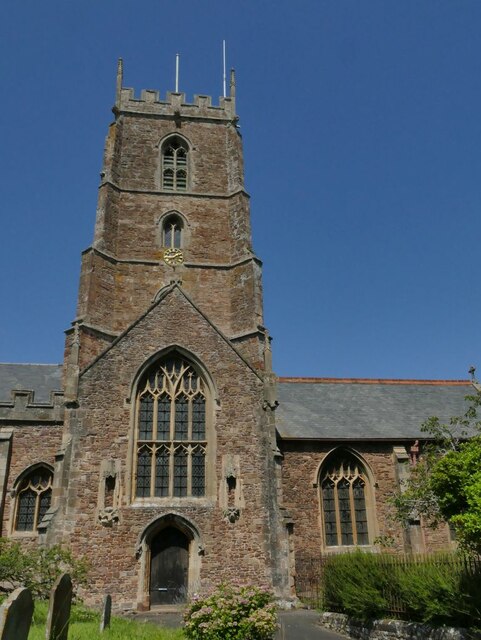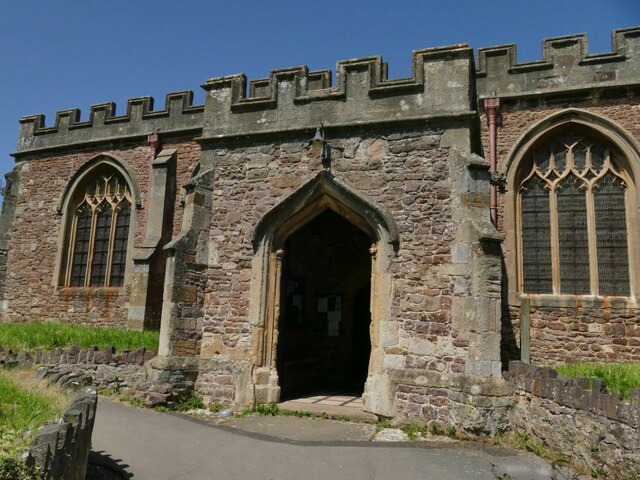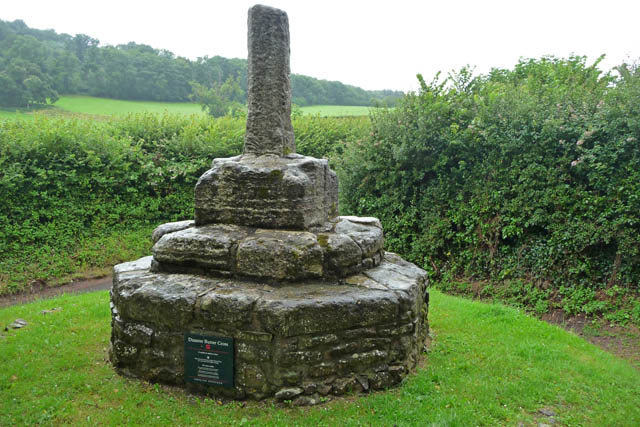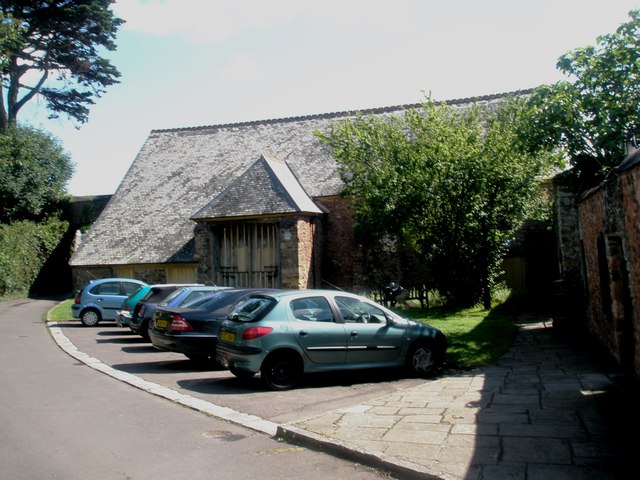Alcombe Common
Wood, Forest in Somerset Somerset West and Taunton
England
Alcombe Common
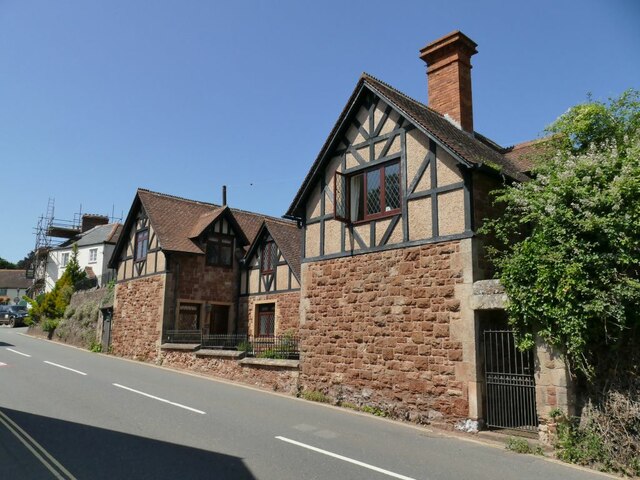
Alcombe Common is a picturesque woodland located in Somerset, England. Sprawling across approximately 100 acres, it is a captivating natural area that attracts both locals and tourists alike. The common lies a short distance from the town of Minehead, making it easily accessible for visitors.
The woodland is characterized by its thick canopy of mature trees, predominantly oak and beech, which create a serene and tranquil atmosphere. Walking through Alcombe Common, visitors are greeted by a diverse range of flora and fauna. Bluebells, primroses, and wild garlic carpet the forest floor during the spring months, providing a vibrant burst of color. The woods are also home to a variety of bird species, including woodpeckers, thrushes, and jays, making it a haven for birdwatchers.
A well-maintained network of footpaths and trails crisscross the common, allowing visitors to explore its nooks and crannies. These paths lead to hidden clearings, babbling brooks, and small ponds, adding to the charm and allure of the woodland. The common is a popular spot for nature walks, picnics, and photography enthusiasts.
Alcombe Common is also steeped in history. Remnants of ancient hillforts and burial mounds can be found within its boundaries, offering a glimpse into the area's rich past. Additionally, the common has been carefully managed to preserve its natural beauty and protect the diverse ecosystems it supports.
Overall, Alcombe Common is a beautiful and enchanting woodland, offering a peaceful escape from the hustle and bustle of everyday life. Its scenic beauty, diverse wildlife, and historical significance make it a must-visit destination for nature lovers and history enthusiasts alike.
If you have any feedback on the listing, please let us know in the comments section below.
Alcombe Common Images
Images are sourced within 2km of 51.187008/-3.4713277 or Grid Reference SS9744. Thanks to Geograph Open Source API. All images are credited.
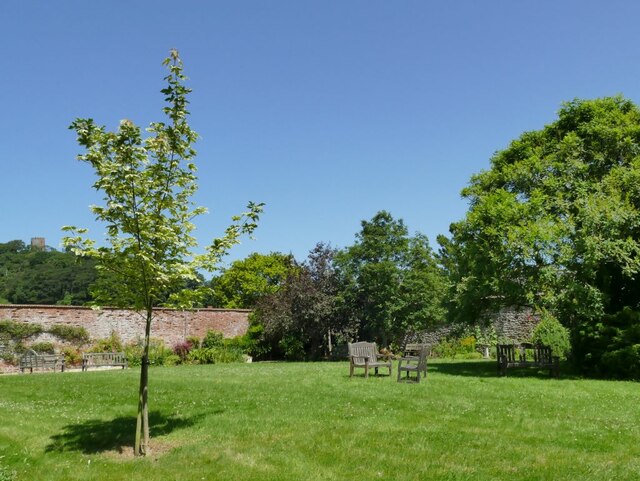
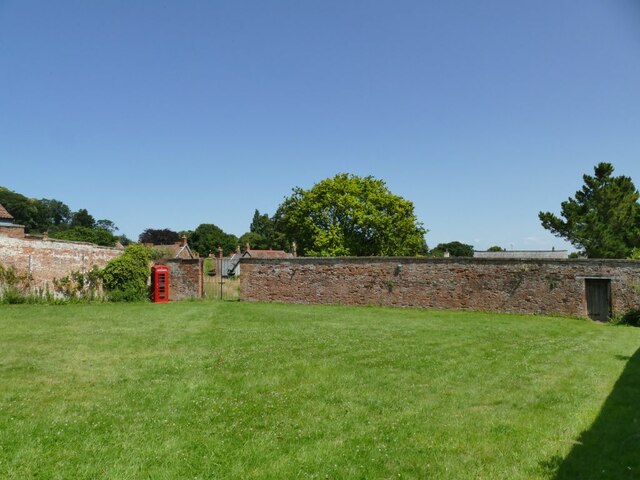
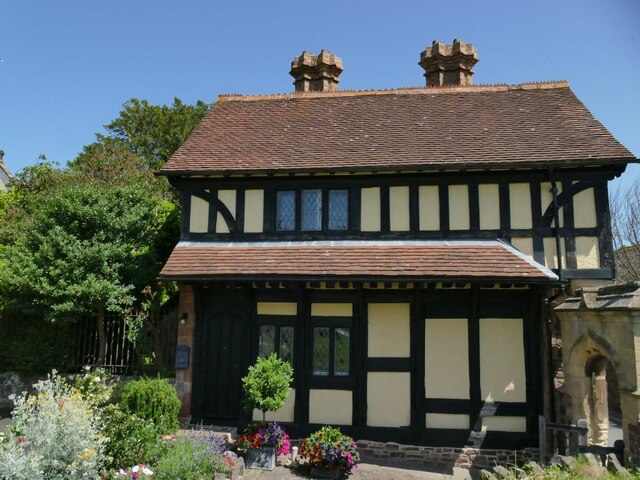
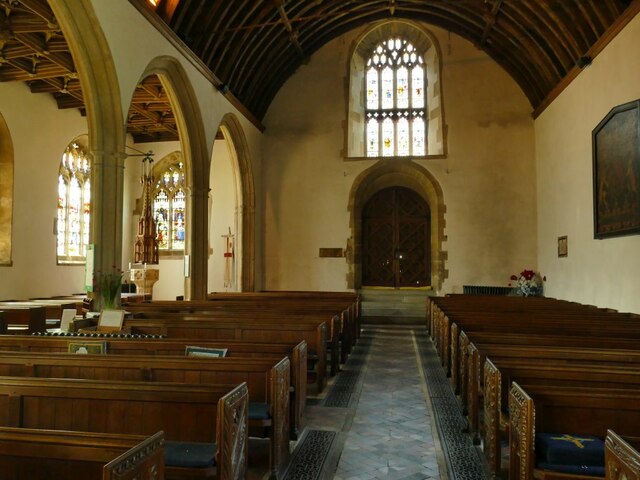
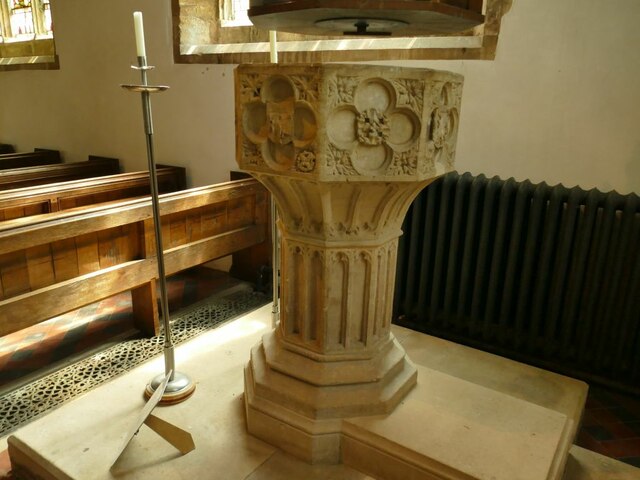
Alcombe Common is located at Grid Ref: SS9744 (Lat: 51.187008, Lng: -3.4713277)
Administrative County: Somerset
District: Somerset West and Taunton
Police Authority: Avon and Somerset
What 3 Words
///feelers.skinning.universes. Near Minehead, Somerset
Nearby Locations
Related Wikis
Grabbist Hillfort
Grabbist Hillfort is an Iron Age oval hillfort or defended enclosure, west of Dunster in Somerset, England. The site is 885.8 feet (270.0 m) long and 219...
West Somerset College
West Somerset College (is sometimes abbreviated to WSC and was previously known as West Somerset Community College prior to the college re-brand in September...
Dunster Butter Cross
The Butter Cross in Dunster within the English county of Somerset is a Grade II* listed building and scheduled monument. The cross was originally erected...
Dunster Priory
Dunster Priory was established as a Benedictine monastery around 1100 in Dunster, Somerset, England. The first church in Dunster was built by William de...
The Kildare Lodge Inn
The Kildare Lodge Inn in Minehead, Somerset, England, was built in 1905/6, and is located at 18 Townsend Road, to the south east of the town centre of...
Dunster Park and Heathlands
Dunster Park and Heathlands (grid reference SS955441) is a 466.6 hectare biological Site of Special Scientific Interest in Somerset, notified in 2000....
Tithe Barn, Dunster
The Tithe Barn is a 14th-century tithe barn in Dunster, Somerset, England. It has a cruciform plan. The east front has central double doors in heavy oak...
Dunster Dovecote
The Dovecote in Dunster, Somerset, England was probably built in the late 16th century. It has been designated as a Grade II* listed building and Scheduled...
Nearby Amenities
Located within 500m of 51.187008,-3.4713277Have you been to Alcombe Common?
Leave your review of Alcombe Common below (or comments, questions and feedback).
